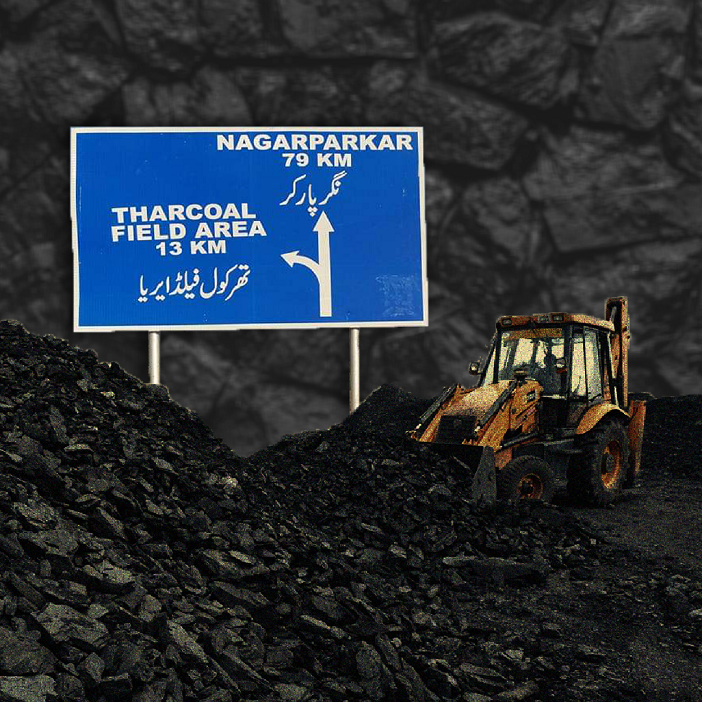“After the installation of syngas purification plant and power generators, electricity was successfully produced under the Underground Coal Gasification Project on May 28, 2015. The plant is presently producing 10 megavolt amperes (8 megawatt) of electricity.”
This was reported by the Thar Coal and Energy Board of the Sindh government. The notification is still available on its official website.
However, the situation differs on ground -- no electricity is being produced under the Underground Coal Gassification (UGC) project in Thar. In fact, the site of the project presents a dismal picture. There is little to look at, let alone a functional plant. The locale is dotted with ramshackle offices, remains of heavy machinery and carcasses of some cars.
Tharparkar district is spread over 19,637 sq km. In 1991, The Geological Survey of Pakistan and the United State Agency for International Development discovered 175bn tons of coal reserves over 9,000 sq km of the district. The surveyed area was divided into many blocks through drilling.
The government of Pakistan picked Block-V, located near the villages of Bhabhino and Maghobel, 25km from Islamkot, for the first coal-fired power plant project.
According to the Thar Coal and Energy Board, 100MW of electricity was to be generated through this project after the installation of two 50MW underground coal gasification plants.
In the ‘underground coal gasification’ (UCG) technology, air or oxygen is injected into the coal bed to extract syngas from the well, which is further processed into a liquid or gas form. The extracted syngas can be used as fuel.
The start of the project and high hopes
The UCG project was approved by the Planning Commission in 2009 at an estimated cost of Rs8.8bn. The Ministry of Petroleum, Central Development Working Party (CDWP) and Executive Committee of National Economic Council (Ecnec) also formally approved it.
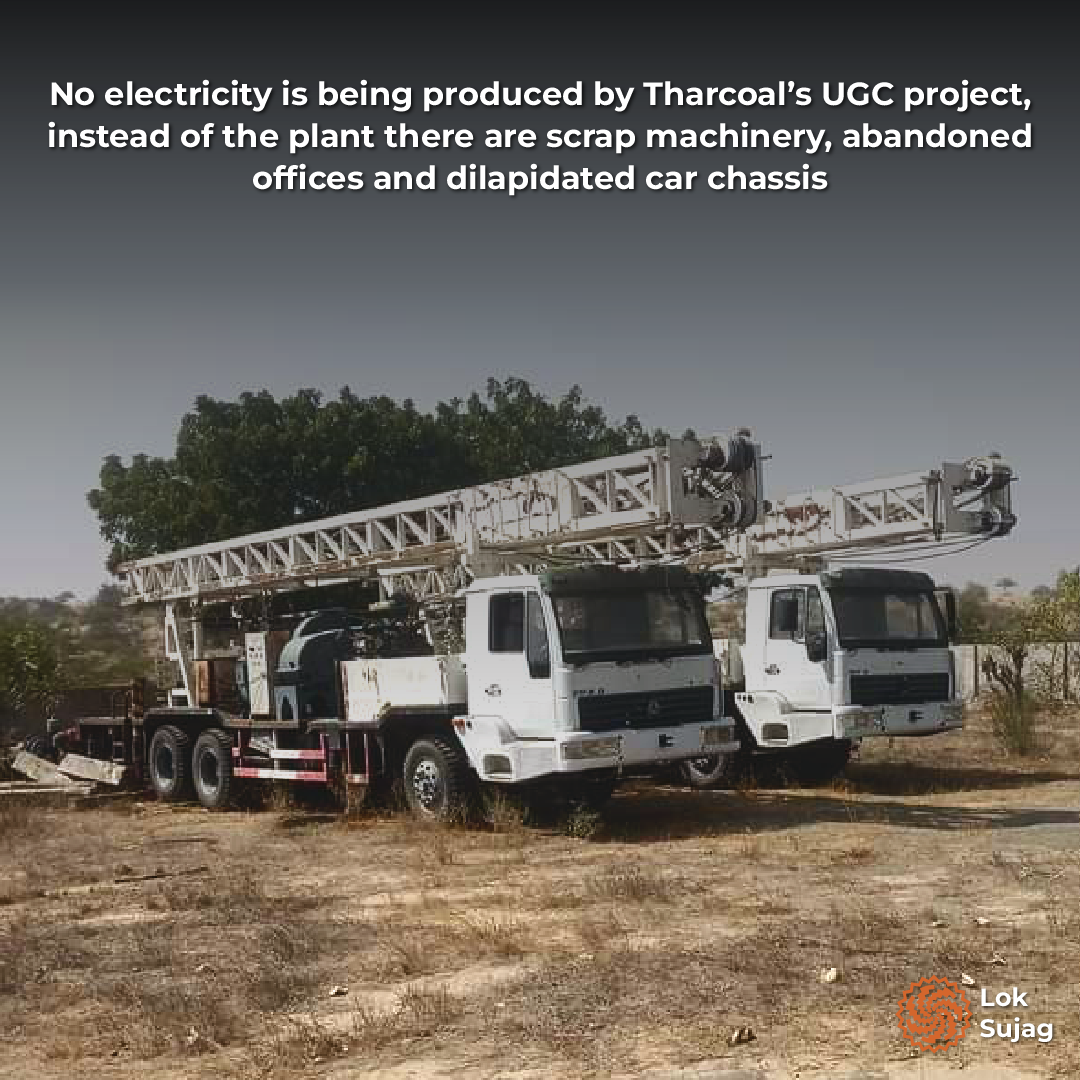
The assistance of Dr Samar Mubarakmand, a renowned scientist of the country, was sought to achieve the targets set under the UCG project. He acquiesced and the work on the project started in 2012.
Out of the 28 acres of government-owned land located near the Bhabhino village, five acres were dedicated to a residential colony while an admin block was constructed on another five acres. A gasifier was installed on 10 acres of land. A total of 474 technical and non-technical employees were hired on contract to see the project through.
The pilot flame was lit in the plant in December 2012. After this, the Planning Commission assessed the scheme in June and decided that 8-10MW electricity should be generated by the project within the next 10-12 months.
Approximately Rs3bn were spent on the project till 2014. Under the revised plan, a new 10MW gasifier was also installed near Maghobhel village. The budget for this plant was provided by the provincial government.
Clouds of doubts and irregularities
The new scheme was supposed to be completed by September 2016 but not even a single megawatt of electricity was generated here before the work was halted. Soon, the key project officers also started leaving the venue.
After this, for a period of over five months, the 474 employees hired for the project started protesting but their demands fell on deaf ears. Eventually, they gave up too. From 2012 to 2018, more than Rs4.6bn were spent on this project from the government treasury.
In 2018, the chief justice of Pakistan took suo motu notice of the deaths of children during the famine in Tharparkar. During a hearing of this case in October, when the then Member of National Assembly Ramesh Kumar Vankwani mentioned the UCG project, the Supreme Court sought its audit report.
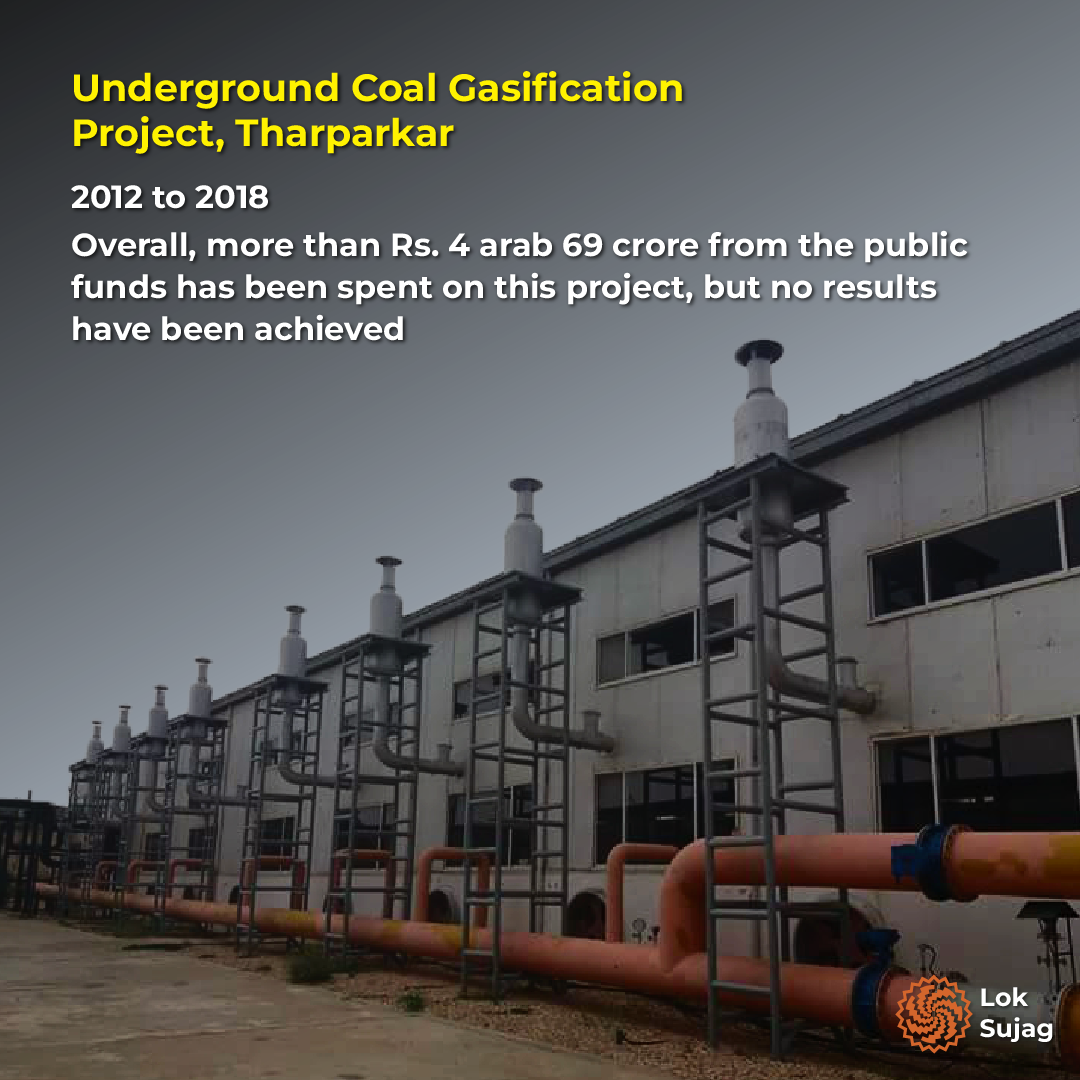
In December 2018, the attorney general submitted the audit report to the Supreme Court in which the auditor general of Pakistan identified widespread irregularities in the project.
The report stated that over Rs4.7bn were spent on this project. Out of this amount, some funds were withdrawn and used without fulfilling the legal requirements. The third scheme (the UCG project was divided into three PC-1) was approved even before the completion of the first two schemes, according to the audit report.
“Faulty decision-making was to blame for the challenges that emerged during the implementation of UCG project as it was not even clear whether underground coal gasification was viable or not.”
In light of this audit report put forth by the auditor general of Pakistan, the Supreme Court directed the National Accountability Bureau (NAB) to investigate the UCG project. Meanwhile, Sindh Advocate General Salman Talibuddin requested the court that the federal government be directed to take over the project.
However, the court directed that both the federal and provincial governments decide the fate of the project with mutual cooperation within six weeks. No progress was made in this regard and NAB is yet to investigate the project.
A nuclear physicist’s involvement and inexperienced staff
Atta Mohammad Rind is a geologist who has played an important role in the UCG project. He is also an author of a book on the minerals of Thar. He says that, in fact, the Chinese company ‘WeFlow’ had proposed to the government in 2009 to generate electricity through underground coal gasification.
“At that point, Dr Samar Mubarak was a member of the Planning Commission. When he heard of the Chinese proposal, he claimed that he would be able to finish the project at a lower cost. He also sent a summary in which he had proposed to generate 100MW of power to the then prime minister Yusuf Raza Gilani. The estimated cost, according to him, was Rs10bn,” says Rind.
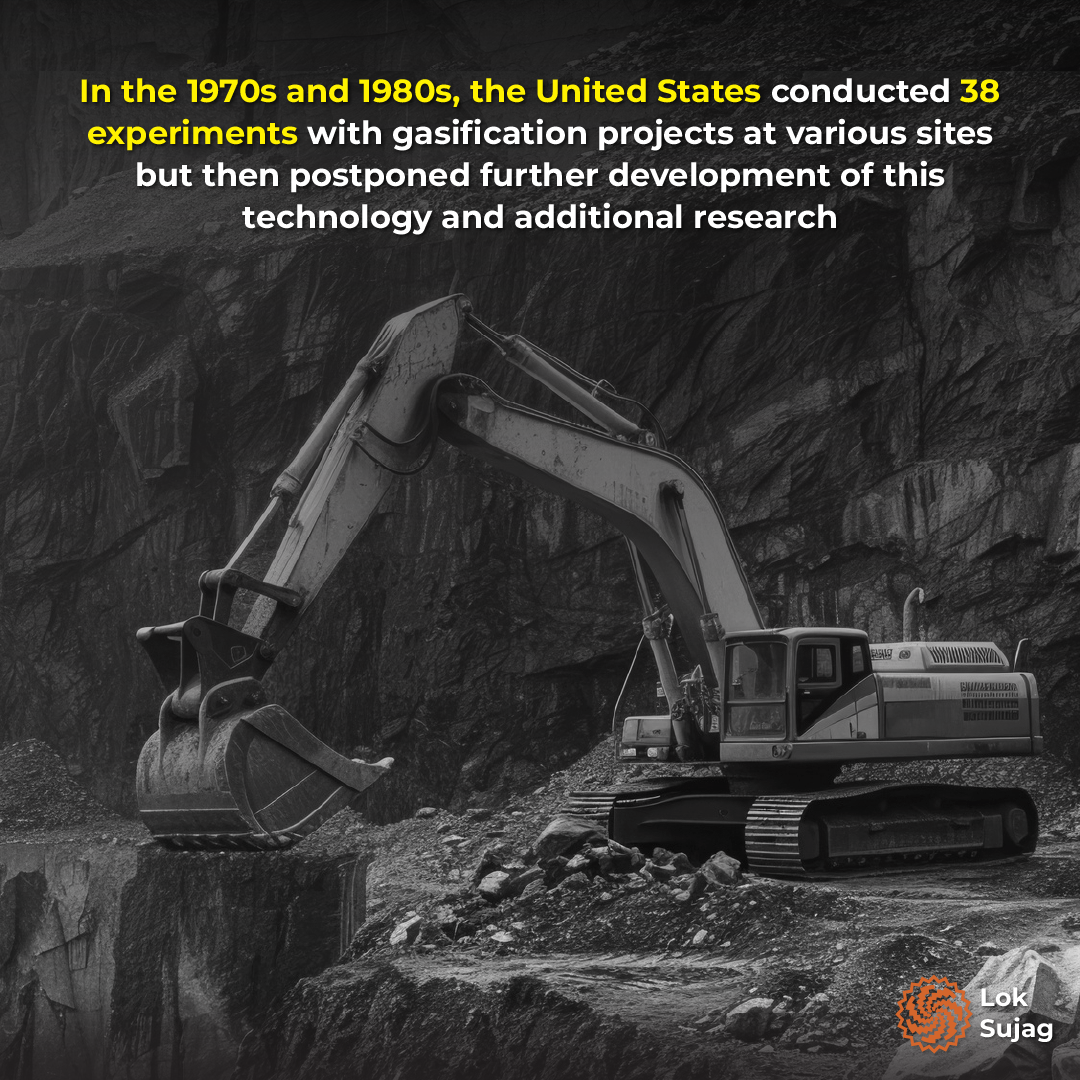
“The prime minister forwarded this summary to the Planning Commission after which the project was given a go-ahead. After this, Samar Mubarak approached the then Sindh chief minister Qaim Ali Shah and requested for basic amenities, including lease of Block-V. The chief minister directed that a governing body be constituted to oversee technical and administrative aspects of the project.”
Rind says that Dr Samar Mubarakmand was appointed as the chairman of the governing body. The managing director was a retired official from atomic energy who was also appointed as the secretary of this body. Three representatives from Sindh -- the secretary of the Energy Board, secretary of Finance and director general of Sindh Coal Authority -- were also nominated as members of the governing body.
Rind claims that the people recruited in 105 departments of the project, including those on technical posts such as engineers, were inexperienced.
“Initially, the plan was to import high pressure compressors from Japan but when that didn’t happen because of Tsunami, secondhand Chinese compressors were acquired from China. But the project was unsuccessful primarily because of mistakes during the drilling process. Also, the staff was not trained to drill,” he says.
According to Ata Muhammad Rind, the first experimental gas fire was inaugurated by prime minister Raja Pervaiz Ashraf in 2013 but the bore shut down because the system was not operational.
“After this, the 8 megawatt powerhouse project remained inconclusive too. Not much came out of it.
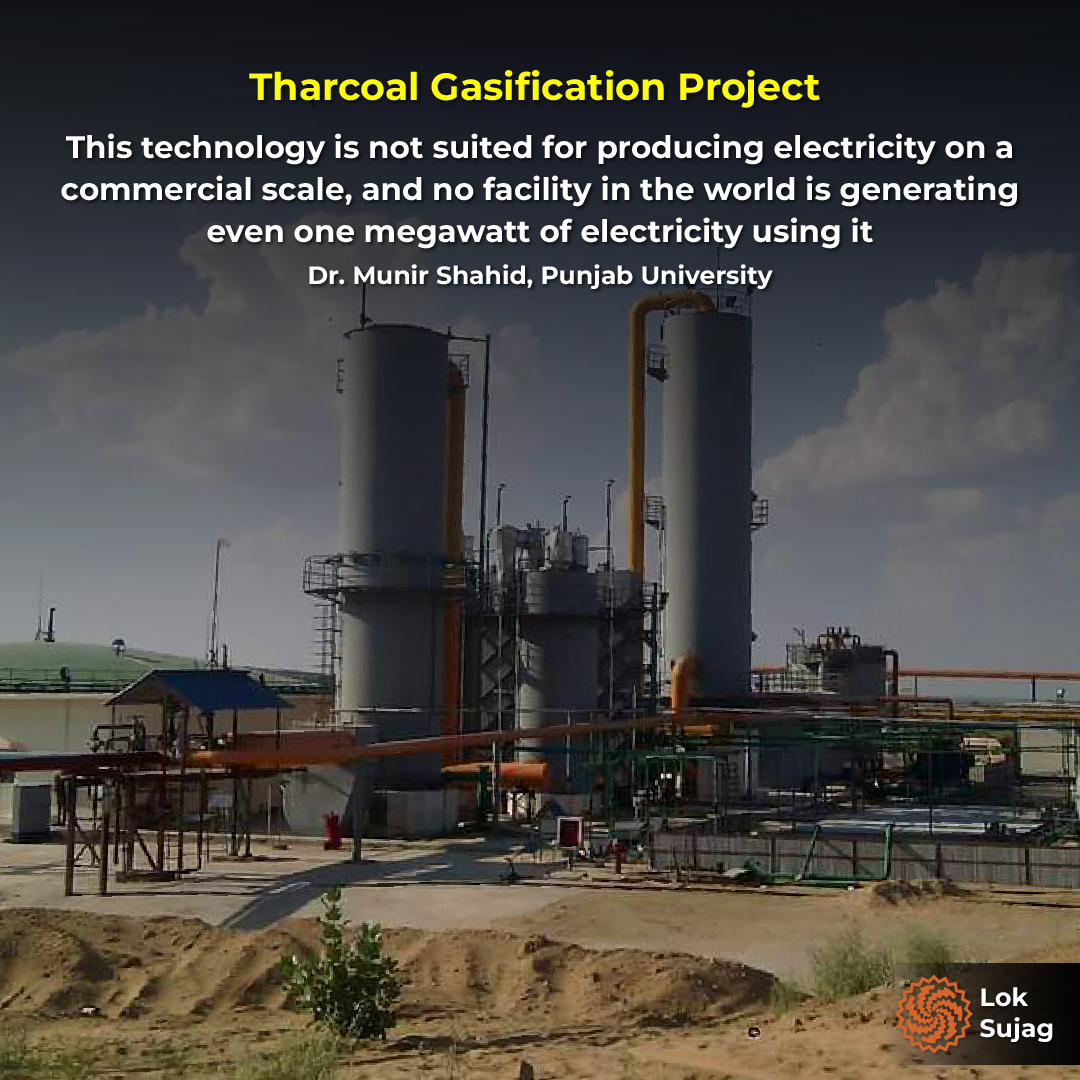
“In 2015, solar gas generators of 1-2MW were operated continuously for two months, but this experiment also failed because the sand dunes and lack of control over the water flow. Ultimately, the project was discontinued in June 2018 due to lack of further funding.”
Questions over efficacy of UCG technology
A study conducted by South China University researcher F Mao shows that, so far, about 33 underground coal gasification (UCG) projects have been launched in different countries, including the Russia, the United States, Australia, South Africa, Canada and Europe.
According to this study, the US conducted 38 gasification experiments at various locations in the 1970s and 1980s before postponing further work and research on this technology.
Professor Dr Munir Shahid of the Center for Coal Technology, Punjab University, completely rejects the Thar Coal Gasification project. According to him, the technology neither meant to generate electricity on a commercial scale, nor is it generating a single megawatt of electricity anywhere in the world.
“Pakistan should rely only on tried and tested technology and open-pit mining,” he suggests.
An official from the Minister of Federal Planning Development and Initiatives told Lok Sujag, on the condition of anonymity, that Pakistani scientists as well as international experts had raised questions about the commercial value of the UCG project, a brainchild of Dr Samar Mubarakmand.
“The government was keen on addressing the energy crisis and in that situation Dr Mubarakmand offered that he could produce electricity, gas as well as diesel. Billions of rupees were spent on these ideas but we were not able to generate even a single megawatt of electricity.”
Dashed hopes and machinery in disarray
Now, the UCG project is in a state of disarray. Machinery worth over Rs2bn (as estimated by the Sindh Energy Board) as well as the project are in a shambles. The offices are ramshackle and the costly vehicles are lying idle. In the absence of security and a boundary wall, people have taken to stealing the equipment in the abandoned plant and selling it as scrap.
Also Read
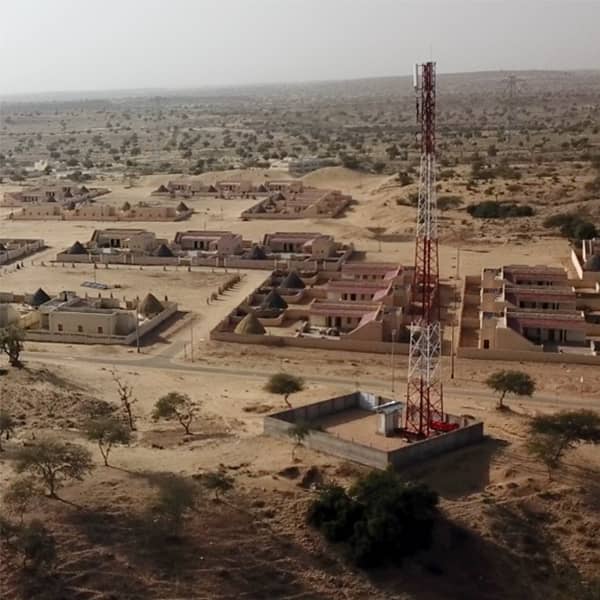
Model villages in Thar: Unearthing the future
Sindh Coal Authority Deputy Director Ghulam Mustafa Bajeer says this is a project of the federal government and the Planning and Development Department has formed a committee on it, which includes the director general of the Sindh Coal Authority as a member.
"Two meetings of this committee have been held but no decision has been made regarding the machinery. However, currently the Sindh Coal Authority is monitoring the project and the Sindh Police is responsible for the security."
The Sindh Coal Authority has entrusted the additional charge of monitoring UCG to Assistant Director Muhammad Tariq Kullu. Bajeer confirms that robberies are common on the site but also insists that he submits a project report to the government every 15 days.
According to him, the mega-project is spread over a large area to begin with and, in the absence of boundary walls, it has become a herculean task to guard assets such as the plant equipment. He says that work on the site was halted about six years ago. Since then, 13 people, including five Sindh Police officials, have been guarding it. The remaining men were employees of a private security company hired by his department a year and six months ago.
“The project is spread over a large area and divided into three parts. But there is no electricity so there’s no lighting on the premise. The machinery and cars present here are still usable and can probably be salvaged if the government finds a solution,” says Bajeer.
Atta Mohammad Rind believes that assets worth billions are lying idle on site. “If an 8MW gas generator is run by a coal-fired steam turbine, it can electrify the entire Thar district which requires only 10MW of electricity. The project building can be used for many purposes. For instance, a research lab could be established there,” he suggests.
Published on 6 Jun 2024
